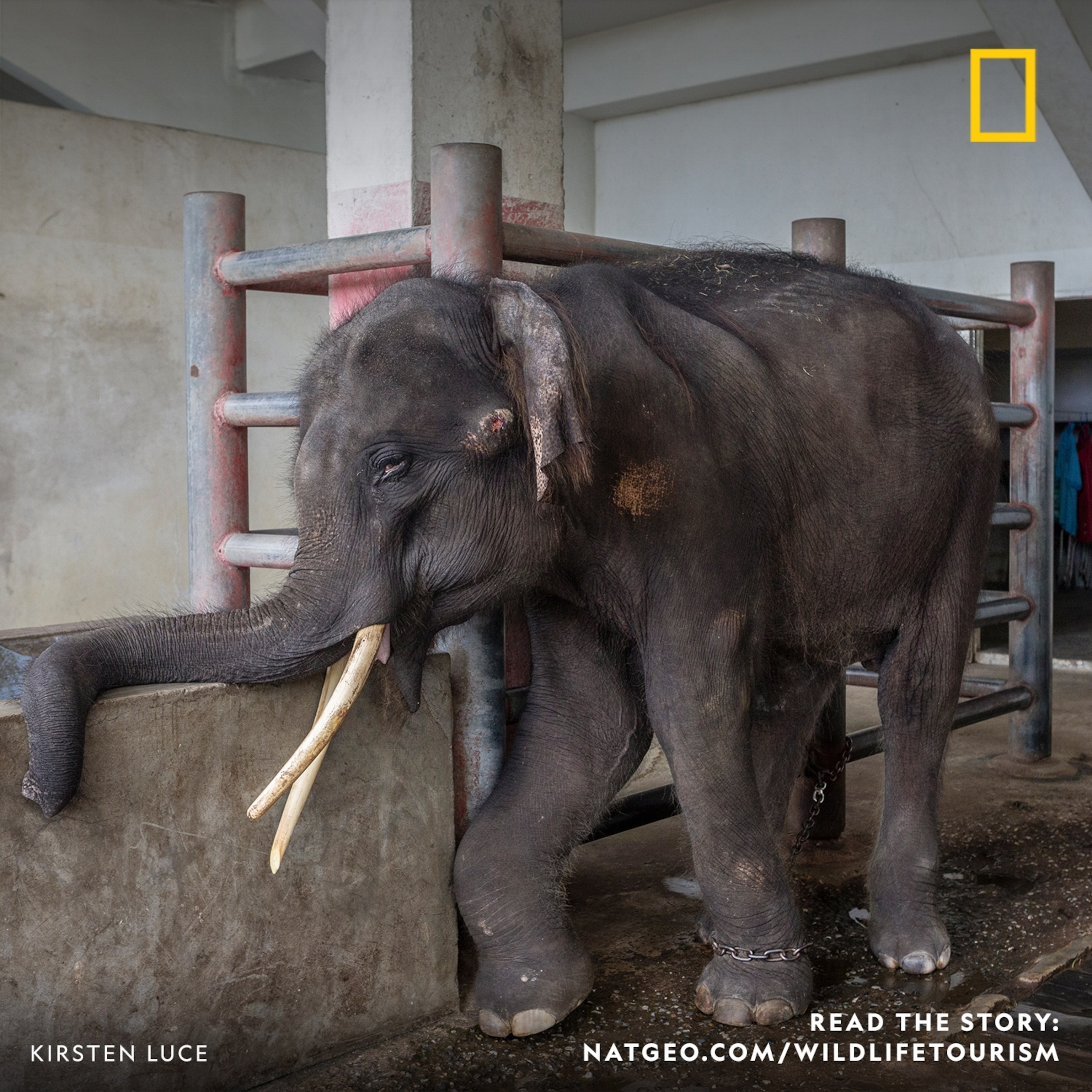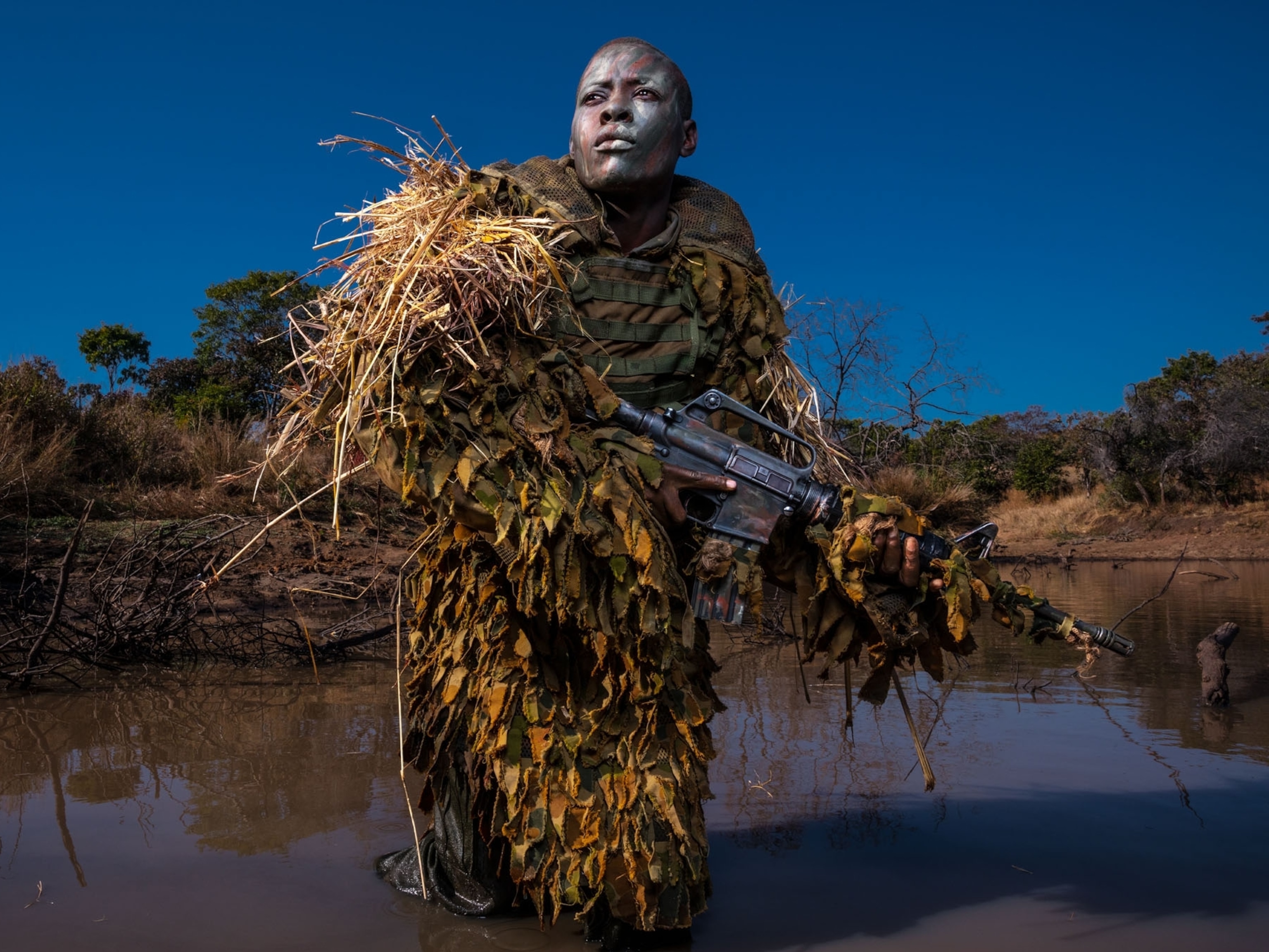How to take part in the Wildlife Tourism social campaign
Share this image below on social media using #NatGeoWildlifeTourism
National Geographic’s June cover story takes an in-depth look at the thriving global wildlife tourism industry and exposes how the industry takes advantage of people’s love of animals. You may have seen photos of travelers bathing elephants or snuggling with a tiger cub on social media. But in many cases, captive experiences with exotic animals rely on abusive training or treatment.
Help bring to light some of the hidden realities of the wildlife tourism industry by taking part in the social campaign. Share the image below on social media using #NatGeoWildlifeTourism and on.natgeo.com/wildlifetourism. Click the image to download.





